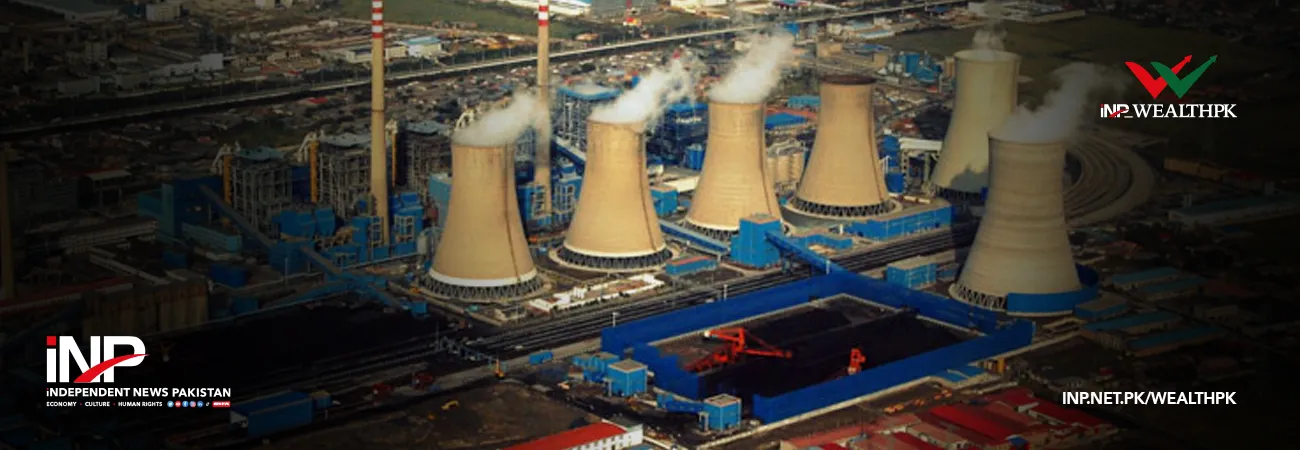INP-WealthPk
Ahmed Khan Malik
The industrial production in the Sindh province increased by 12.4% in the financial year 2022-23 compared to the previous fiscal, according to the latest official figures. The Sindh Bureau of Statistics attributed this increase to the strong performance of the province’s industrial sector. The province has a diverse industrial base, which includes the following sectors: food manufacturing, beverages, tobacco, textiles, wearing apparel (except footwear), leather and leather products, footwear, wood and wood products, furniture, paper and paper products, printing and publishing, drugs and pharmaceutical products, industrial chemicals, petroleum and miscellaneous products, rubber products, other non-metallic mineral products, iron, steel and non-ferrous metals, fabricated metal products, non-electrical machinery, electrical machinery, transport and equipment and others.
The role of Sindh province in the large-scale manufacturing (LSM) is vital. As the Karachi is the largest metropolitan city of Pakistan, it contributes 15% to the annual gross domestic product (GDP), according to Karachi Chamber of Commerce and Industry,. The Sindh Business Register (SBR) shows that Karachi division hosts 67% of the establishments/factories in the province, while the rest 33% are located in other districts of Sindh. Sindh Bureau of Statistics is tasked with conducting monthly survey of industrial production and employment (MIPE). The survey report includes 65 items manufactured in 17 large-scale industrial sectors from 6,299 establishments/factories. A robust manufacturing sector promotes domestic production, exports and generates employment, hence stimulating the overall growth of an economy.
In Pakistan, the manufacturing sector contributes 12.4% to GDP. It employs 14.9% of the country's labour force. The manufacturing sector can be broadly classified into two main sub-sectors: large-scale manufacturing (LSM) and small and household manufacturing industries. The Census of Manufacturing Industries (CMI) focuses on the production of LSM, providing the measure of manufacturing industry outputs and operating status and reliable source for updating the SBR. According to the Pakistan Economic Survey, the manufacturing sector accounts for 65% of the industrial sector. The performance of the industrial sector largely depends on LSM as it holds a 74% share in the industrial sector. LSM is reflected by the Quantum Index of Manufacturing (QIM) data. Sindh has the second largest economy in Pakistan.
Its GDP per capita was $1,400, which is 35% more than the national average. Historically, Sindh's contribution to Pakistan's GDP has been between 30% and 32.7%. Its share in the services sector has ranged from 21% to 27.8% and in the agriculture sector from 21.4% to 27.7%. The manufacturing sector is the best performing sector in Sindh, with a share of 36.7% to 46.5% in the provincial economy. Endowed with coastal access, Sindh is a major hub of economic activity in Pakistan and has a highly diversified economy ranging from heavy industry and finance centred in and around Karachi to a substantial agricultural base along the Indus. Manufacturing includes machine products, cement, plastics and other goods. Sindh is also the Pakistan's largest natural gas producing province.
Credit: INP-WealthPk













